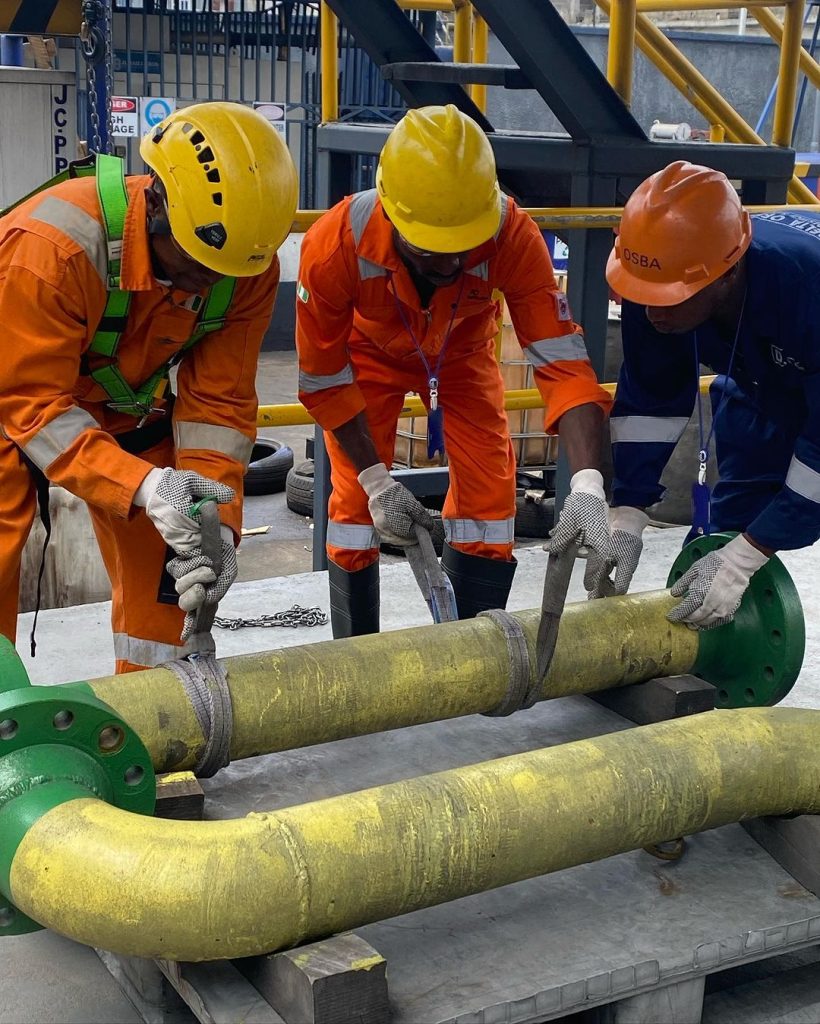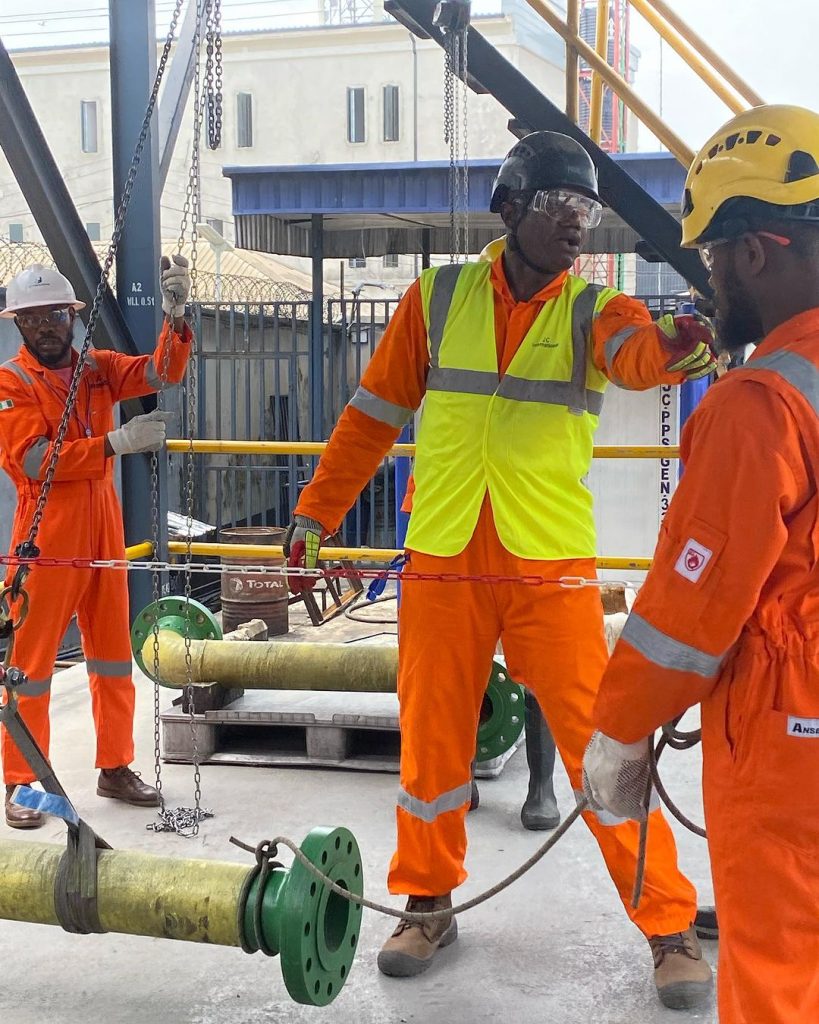
The Role and Duties of a Rigger.

Although a rigger has numerous duties, we will focus on 5 duties of a rigger. To understand the duties of a rigger, it is essential to define rigging and who a rigger is.
What is Rigging?
Rigging is the act of using specialized equipment or tools to lift, secure, or move loads. Most construction sites use rigging to move and place materials, and they customize the rigging process according to the specific requirements at the time.
Who is a Rigger?
A rigger is an expert in tying up, balancing, manipulating, and moving heavy loads. A rigger can work in construction, manufacturing, oil and gas, mining, or any other relevant industry. The rigger is responsible for fastening heavy loads to transportation equipment and controlling, supervising, and directing the equipment’s operators.
5 Duties of a Rigger:
The duties of a rigger differ across various industries, but the following are some of the key duties of a rigger:
1. Equipment Inspection and Maintenance:
It is important to inspect rigging equipment regularly for wear and tear, damage, or defects. A rigger should maintain rigging ropes, slings, chains, and hardware in good condition to ensure safety.. Safety is paramount in rigging operations. Therefore, rigging professionals must follow all safety regulations and protocols at all times to prevent accidents and injuries. It is the duty of the rigger to monitor and maintain all rigging equipment to ensure safety and compliance with all safety rules and regulations. This includes using personal protective equipment (PPE), securing loads properly, and maintaining a safe work environment. A rigger is expected to ensure the whole process of rigging is safe.
2. Load Calculation and Rigging Plan:
Rigging involves lifting heavy loads, so a rigger must calculate the weight of the load and determine the appropriate rigging equipment and techniques needed for safe lifting. This includes creating a rigging plan that outlines the steps involved in the lifting operation. A rigging plan is a detailed blueprint or strategy used in various industries, such as construction and maritime, to outline the procedures and equipment needed for lifting, moving, and securing loads. It includes information on the types of rigging gear (e.g., ropes, chains, slings), weight capacities, load calculations, anchor points, and safety protocols to ensure that operations are conducted efficiently and safely.
3. Rigging Setup and Operation:
Rigging involves setting up and operating various equipment, such as cranes, hoists, and pulleys, to lift and move heavy objects. A rigger must have the technical skills to properly set up and operate equipment safely and efficiently, as well as direct the equipment’s operators. It is expected that he is familiar with the capabilities of each piece of lifting equipment on the site. A rig A rigger can go as far as setting up temporary structures so the crane or lifting equipment can perform the lift.

4. Attaching and Detaching Loads:
A rigger’s duty involves attaching and detaching loads properly, and maneuvering loads through difficult and confined spaces. Attaching loads is a critical responsibility for riggers, requiring precision, knowledge, and strict adherence to safety protocols. This process involves the secure attachment of heavy materials or equipment to lifting devices, such as cranes, hoists, or other mechanical lifting tools. Once the load is securely attached, riggers control its movement to ensure they transport it safely and efficiently to its destination. When the loads get to its destination, it is the job of a rigger, to detach the load and safely place it at the designated site.
5. Communication and Coordinating:
Effective communication is essential in rigging operations, especially when working as part of a team. A rigger is responsible for communicating and coordinating rigging operations. Riggers must communicate clearly with other team members, crane operators, and supervisors to ensure that everyone is aware of their roles and responsibilities and that the lifting operation proceeds smoothly and safely. His duty also includes warning other personnel about the moving loads.
Do You Want to Become a Certified Rigger?
Firstly, to become a rigger, you must be certified by a recognized and accredited body, such as LEEA, OPITO, among others. Individuals must undergo training to be equipped with the necessary knowledge of rigging. There are also various stages to achieving riggers competency through training and an individual attain full competence.
JC International offers basic rigger and OPITO rigger training in Port Harcourt, Lagos, and Uganda. The Rigger Training Course is designed for personnel in the Oil & gas, Agriculture, Wind Energy, Marine, & construction industries.

Leave a Reply